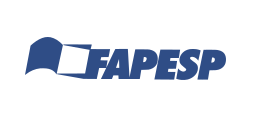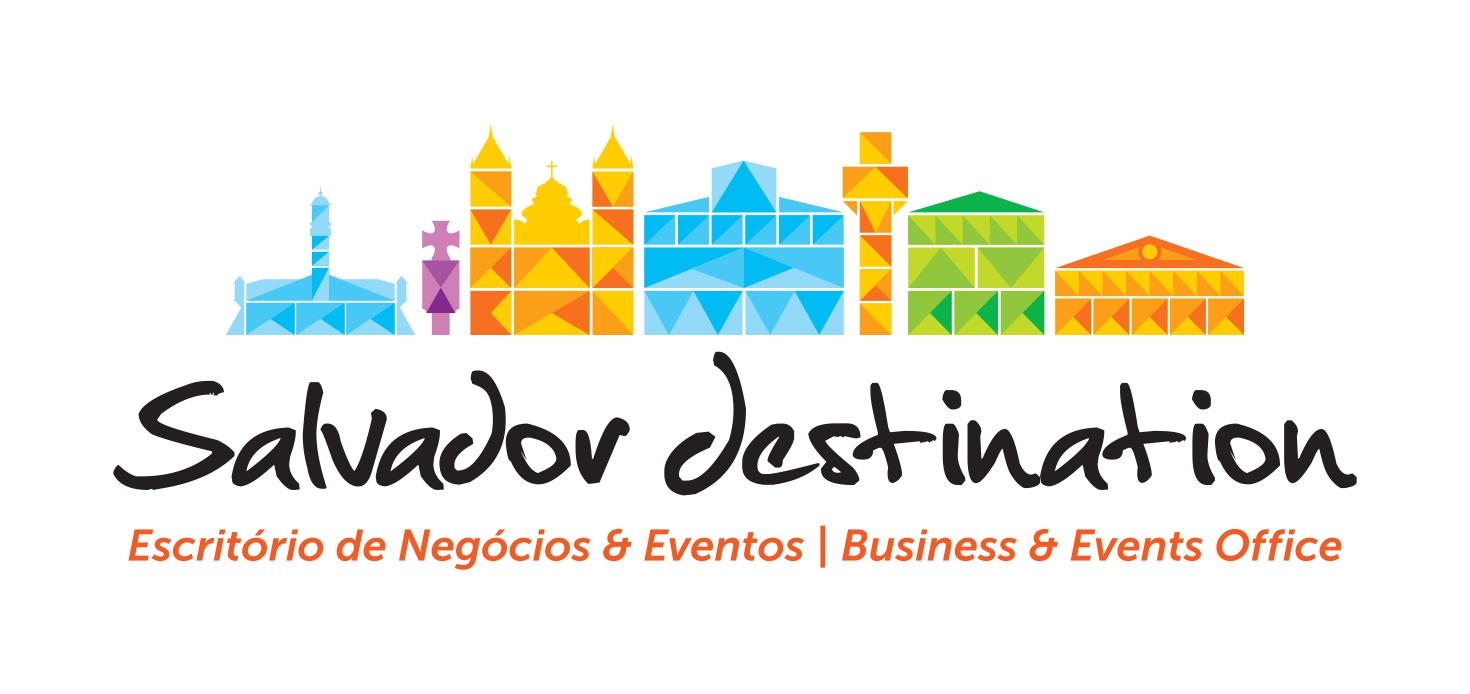Short Courses
Guilherme Augusto Ferreira (Universidade Federal da Bahia)
Target audience: Undegraduate students, Master Students, PhD Students
Duration: 2h or 3h
Room: 103/104 A
This short course will introduce Small-Angle X-ray Scattering (SAXS) as a powerful tool for characterizing soft (nano)materials. Participants will learn the fundamental principles of the technique, experimental setup considerations, and key data treatment methods. The course will cover model fitting, structural parameter extraction, and interpretation of scattering profiles. Case studies will highlight SAXS applications in polymer systems, emulsions, and nanomaterials, among others. By the end of the course, attendees will have a better understanding of SAXS fundamentals and its role in soft matter research.
Sidney J.L. Ribeiro (Institute of Chemistry- São Paulo State University (UNESP))
Target audience: Undegraduate students, Master Students, PhD Students, Post-doctoral fellows, Professors, Industry workers
Duration: 2h or 3h
Room: 105/106 A
Photonics is related to generation, guiding and detection of light and lies at the heart of modern society activities. Gathering interdisciplinary efforts from Physics, Chemistry and Materials Science, the study of Photonic Materials is considered in this course focused on Glasses, Optical Fibers and Sol-Gel based materials.-Glasses were the first materials prepared by man. Isotropic in nature, with optical properties easily tuned for specific applications, glasses play a fundamental hole in photonics; -Optical fibers, prepared from optical glasses, are the choice for guiding media for applications in communications, sensing and light transmission with special new applications as active media in photonics derived new areas such as plasmonics and biophotonics; Sol-Gel based materials and processes are becoming more and more popular in the preparation of colloidal suspensions and special optical thin films.
This course will treat on the fundamentals, preparation and characterization of special glasses, optical fibers and related sol-gel based materials.
Marcio Luis Ferreira Nascimento (Universidade Federal da Bahia)
Target audience: Undegraduate students, Master Students, PhD Students, Post-doctoral fellows, Professors, Industry workers, Other
Duration: 2h or 3h
Room: 107/108 A
Minicurso que é parte da componente curricular de graduação em Estatística Aplicada a Engenharia Química da Universidade Federal da Bahia, contando com uma Motivação Inicial, Breve História da Análise por Componentes Principais, considerada por alguns a Primeira Ferramenta de Inteligência Artificial. Introduzimos a biografia de alguns matemáticos, como Pearson, Hotelling e Cauchy, apresentando como exemplo um Modo Intuitivo breve da técnica, seguido de uma Breve Introdução formal, com Aplicações / Usos em Materiais, repetido com um exemplo Passo a Passo levando em consideração o Uso Álgebra Matricial, finalizado com um exemplo clássico.
Lucas Fugikawa Santos (Universidade Estadual Paulista - UNESP)
Tiago Hilário Ferreira (Innoma - Innovative Materials)
Target audience: Master Students, PhD Students, Post-doctoral fellows, Professors, Industry workers
Duration: 2h or 3h
Room: 100 A
O objetivo geral do minicurso é capacitar os participantes a dominar os conceitos essenciais de empreendedorismo e inovação tecnológica aplicados à pesquisa nacional em materiais, combinando fundamentos teóricos com práticas do ecossistema real. Ao final, os participantes terão subsídios para identificar oportunidades de negócios a partir de pesquisas científicas, analisar criticamente os desafios do cenário brasileiro de inovação e desenvolver estratégias para transformar tecnologias em modelos de negócios viáveis e sustentáveis. O minicurso abordará ainda ferramentas práticas e casos concretos, incentivando a conexão entre academia e mercado, com foco na transferência de tecnologia e no impacto socioeconômico da pesquisa em materiais.
Módulo 1: Fundamentos do Empreendedorismo de Base Tecnológica
- Conceito-chave, ferramentas e estratégias.
- Principais desafios: validação de mercado, propriedade intelectual, financiamento e escalabilidade.
- Casos de sucesso e atualização do cenário nacional.
Módulo 2: Painel de Discussão Interativo
- Realização de perguntas estratégicas para a plateia.
- Espaço para perguntas dos participantes e troca de experiências.
- Discussões de casos reais.
Daniel Brito de Araújo (UNILAB)
Target audience: Undegraduate students, Master Students, PhD Students, Industry workers
Duration: 2h or 3h
Room: 101/102 A
We will study the principles behind the Atomic Force Microscope (AFM) and what informations one gets from the measurements. Beyond that, we will see some AFM variations, like: Electric Force Microscopy (EFM), Kelvin Probe Force Microscopy (KPFM), Magnetic Force Microscopy (MFM) and more state of the art probe techniques.
Valtencir Zucolotto (IFSC/USP)
Target audience: Undegraduate students, Master Students, PhD Students, Post-doctoral fellows, Professors, Industry workers
Duration: 3h (afternoon)
Room: 101/102 B
Designed to support researchers in all fields of knowledge, our Scientific Writing course aims to enhance the scientific and academic skills of graduate students, postdoctoral researchers, faculty members, and researchers, as well as undergraduate students engaged in basic and/or applied research. Participants are expected to optimize their potential in developing high-level, state-of-the-art scientific research through proper scientific writing of international research articles.
Schedule:
Sunday, September 28th, 2025
2:00 pm – 3:40 pm
Module 1
“How to Write and Publish High Impact Research Papers”
Prof. Valtencir Zucolotto
“Como me Preparar para Concursos Públicos de Docência na Academia”
Prof. Valtencir Zucolotto
3:40 – 4:00 pm
Coffee Break
4:00 – 5:00 pm
Module 2
How to Prepare Publication-Quality Figures using Free Tools
Rafael Kenji Nishihora, Elsevier.
Scientific Publishing: Where and How to Publish
Ana Claudia Garcia, Elsevier
Prof. J. Miguel Delgado Q., Prof. Fabio Furlan Ferreira, Prof. Graciela Díaz de Delgado (Universidad de Los Andes, ULA, Mérida, Venezuela, Universidade Federal do ABC – UFABC, Santo André, SP, Brazil)
Target audience: Undegraduate students, Master Students, PhD Students, Post-doctoral fellows, Professors, Industry workers
Duration: 6h (morning and afternoon)
Room: 109 A
X-Ray Powder Diffraction is one of the most powerful methods used in the characterization of materials for scientific and technological purposes in diverse areas, including materials science. A key initial step in these characterizations, performed in an impressive array of materials which includes nanomaterials, is the identification of the particular phase of the material of interest. For this, the fingerprint nature of the X-ray powder diffraction patterns leads to the proper identification after comparing the recorded diffraction pattern, using sophisticated search/match algorithms, with a database containing more than a million powder patterns. In this minicourse, the fundamentals of the Phase-ID process will be reviewed and demonstrated and a general overview of the structural characterization of materials using X-Ray Powder Diffraction will be presented.




































